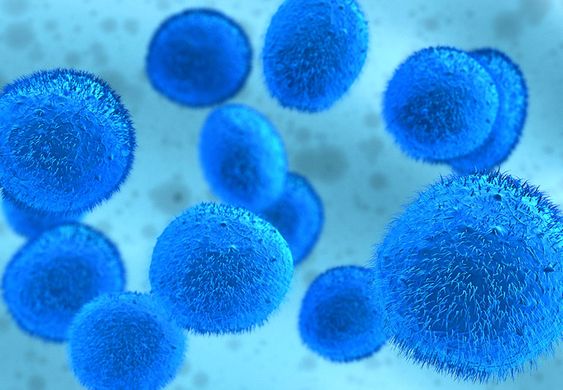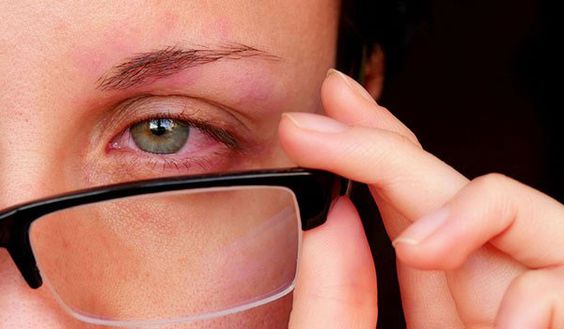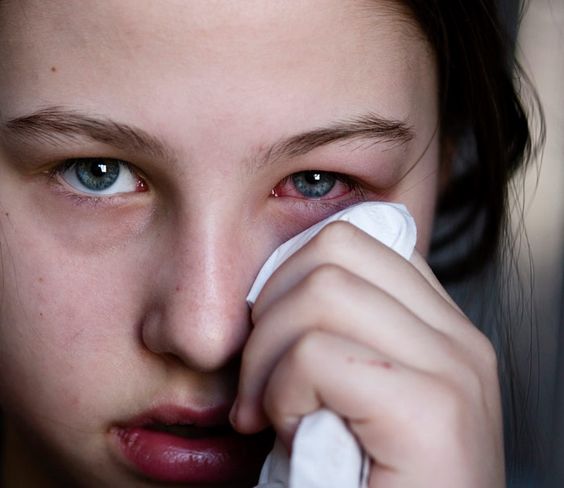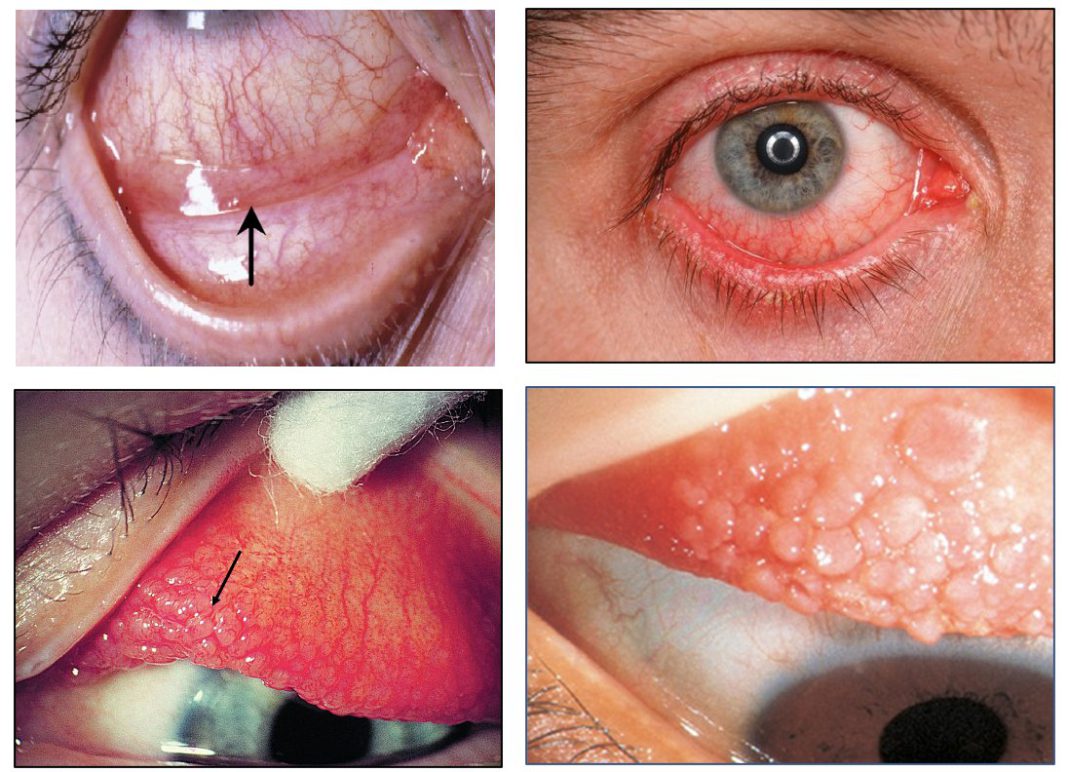okikiko.com – There are several causes of Papillary Conjunctivitis, but the most common cause is contact lenses. People who wear contact lenses have a higher risk of developing this condition, which can affect both rigid and soft lenses. It may come on suddenly or develop over time. To get the best treatment, you should consult a doctor. If you experience vision problems, you should consult a doctor to find out if contact lenses are the cause.
Most common bacteria found in infection

In acute papillary conjunctivitis, bacteria can cause the infection. Bacteria may infect one or both eyes, and the most common bacteria found in the infection are Staphylococcus aureus and Neisseria gonorrhoeae. Acute conjunctivitis can affect vision and may lead to corneal perforation. While there is no cure for this condition, you should consult a doctor if symptoms persist or worsen.
In a patient with GPC, the abnormal papillae may be larger than normal. These abnormal papillae grow in the substructure of the deep conjunctiva, often from the tarsal area. Initially, these papillae are translucent, but in a later stage they may lose their translucency and become opaque. If you develop a GPC condition, your doctor will be able to prescribe treatments that will help you manage the condition and prevent further complications.
People who frequently wear contact lenses are at increased risk of developing the condition

Giant papillary conjunctivitis is often caused by an allergic reaction to contact lens cleaning solutions and contact lens materials. People who wear contact lenses frequently are at increased risk of developing the condition. While the exact cause of Giant Papillary Conjunctivitis is still unknown, some common factors include poor cleaning and contact lens edges. A combination of these factors may cause a flare-up, but contact lens wearers who have allergies to contact lenses are more susceptible to the disease.
A patient with GPC may also experience ocular allergies. Ocular allergies often occur in tandem with GPC and exacerbate each other’s symptoms. The molecular basis of GPC is a disruption of the normal immune system, leading to the production and localization of inflammatory mediators. Eosinophils and neutrophils are involved in the inflammation process. Several factors are associated with GPC, including seasonal allergies and contact lenses.
The inflammation causes small white bumps

Giant Papillary Conjunctivitis is an eye condition in which the inner surface of the eyelid becomes inflamed and red. The inflammation causes small, white bumps, called papillae, to appear on the eye’s underside. GPC usually affects people who wear soft contact lenses, although people without contact lenses may also develop it. The condition tends to manifest during the spring and summer seasons.
The treatment for Papillary Conjunctivitis depends on the severity

Increased enzyme cleaning may prevent the symptoms of GPC. It may also act as a prophylactic for people who wear rigid contact lenses. Treatment for Papillary Conjunctivitis depends on the severity of the condition. If left untreated, GPC can lead to serious damage to the eye. The papillae may grow to the size of a pimple. In rare cases, they may damage the cornea, the clear front window of the eye.
Besides preventing the progression of glaucoma, contact lens wearers must learn to clean the lenses properly. To avoid infection, patients should use cleaning agents free from preservatives and thimersol. They should also store their contact lenses in fresh saline. Contact lenses should never be stored in cold disinfecting solutions containing chlorhexidine. Inflamed conjunctiva may not tolerate hydrogen peroxide.


